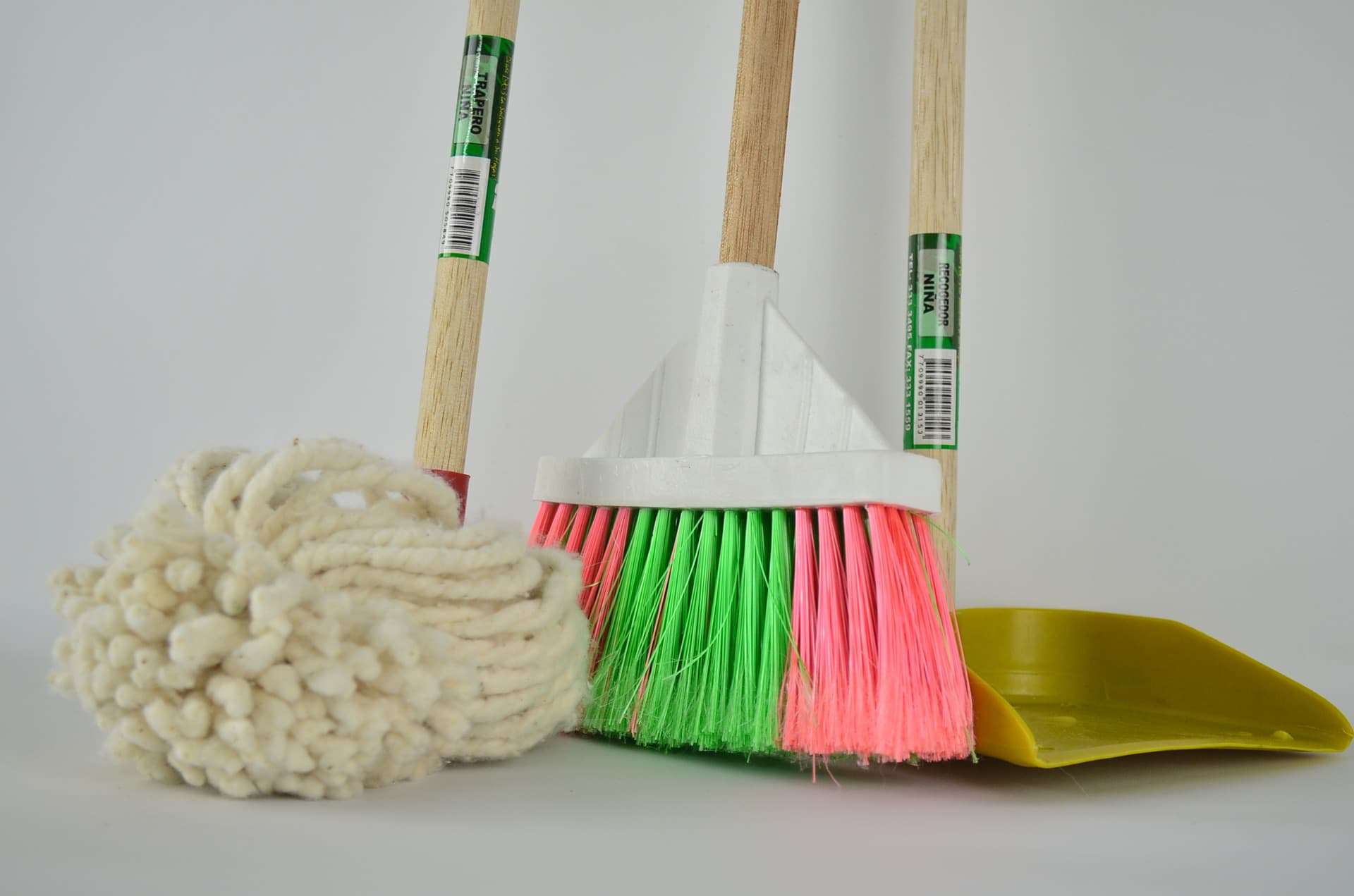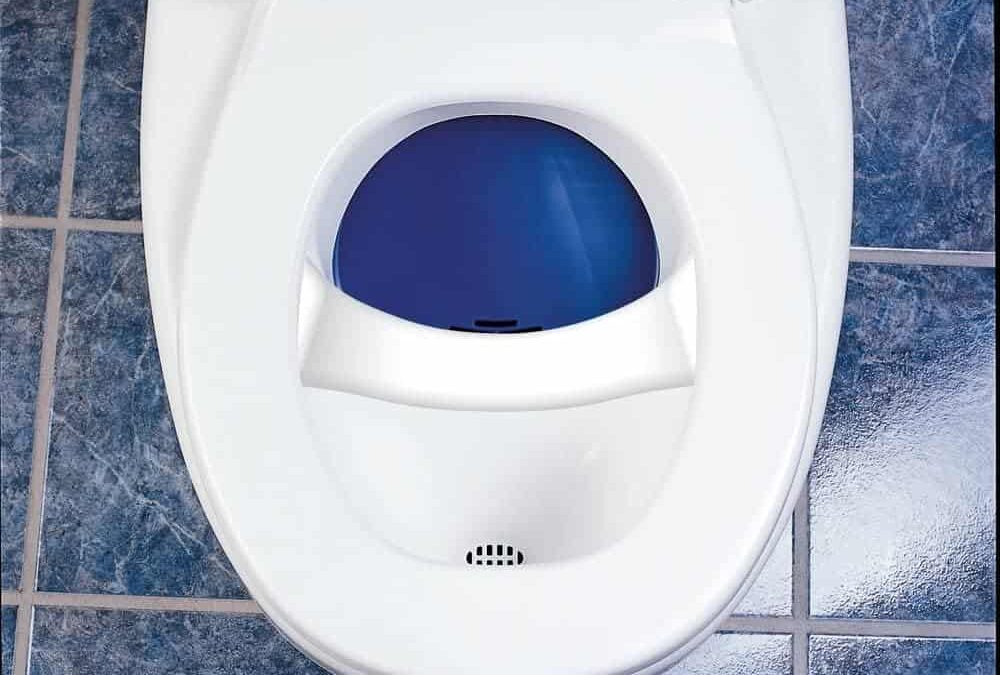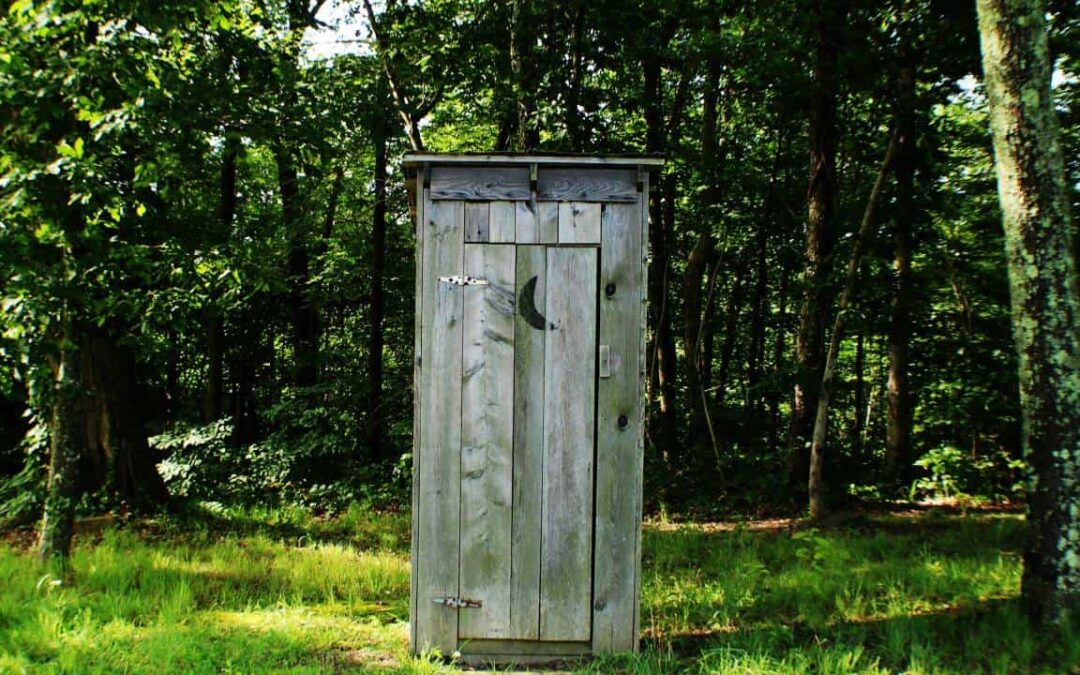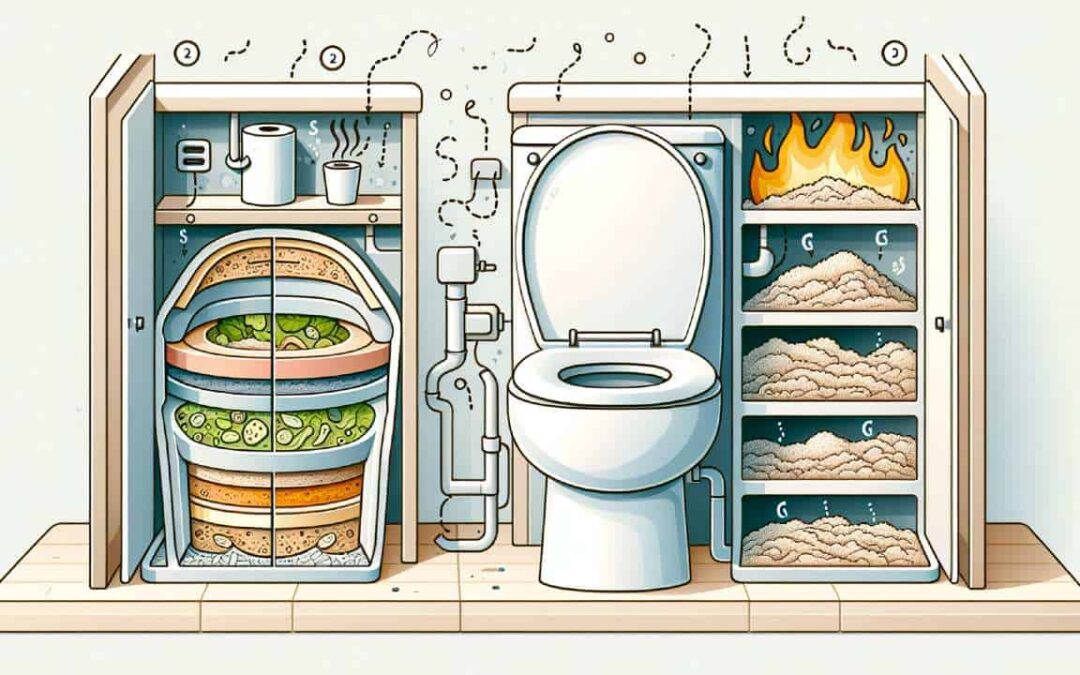A tiny house means smaller bills and a smaller impact on the environment. But it also means less space for objects. Deciding what is necessary for you and how it can fit best in your house is a big job. This article will give you several tips for decluttering your tiny house and maximizing the space that you have.
Determine what things you can get rid of
The obvious first step of decluttering is deciding what is necessary or sufficient enough to keep in your tiny house and what is not. For this, you can use the minimalism challenge by minimalism experts Joshua Fields Millburn and Ryan Nicodemus.
On the first day of the challenge, you get rid of one thing, on the second day, you get rid of two things, and you try to keep doing this for an entire month. The idea is that when you start with getting rid of a few things, you will gradually get a better eye for what things you can get rid of, making it easier to eventually get rid of 23 things on day 23 for example.
Examples of things that are not necessary are duplicates, items that you do not use more than once a month, and gadgets that only do one job (e.g. a popcorn machine).
Going forward, try to follow this rule: for every item that you add to your tiny house, subtract another item. This prevents your tiny house from becoming cluttered again.
Group possessions into categories
A more organized and systematic way of decluttering for a tiny house is by grouping all your possessions in categories, for example ‘clothing’, ‘films’, and ‘cutlery’. It is best to start with the category that you consider as ‘easiest’.
Pick up each of the items one by one and ask yourself two questions: (1) “Do I need this item?”, and (2) “Does this item spark joy?”. If the object that you picked up gives you emotions other than joy, it is best to get rid of it.
Finish with the hardest categories, which are mostly categories that involve sentimental and nostalgic items. Remember that the memories that you have live in you, and not in the things that gave you those memories. It is better to take pictures of the items than to keep the items themselves around.
Switch to digital
You can take a big step in decluttering if you decide to switch to digital. For example, buy an e-reader for your books and get rid of all the physical books that you have. Watch or buy movies online so you can get rid of the stack of film covers.
Write summaries and essays for your study or work online, so that you do not have to fill a few closet drawers with paper folders. Make use of digital functions on your smartphone, such as the calculator, camera, agenda, flashlight, and clock, in order to get rid of the physical gadgets that you use for these functions.
Switching to digital does not only save you space, it makes everything handier and clearer for you since you have everything in one (digital) space now.
Here is a list of the best tips for decluttering and maximizing the tiny space:
- There will be situations where you need something that you are rarely going to need again, for example for a repairment or cooking a special meal. When this is the case, consider borrowing the item instead of buying it.
- Before you go shopping, make sure to check everything and make an inventory. This will prevent you from getting back home with (food) items that you already seemed to have.
- Use a capsule wardrobe for your clothing. Get rid of outfits that you rarely wear. Try to get down to a few clothing pieces per category (sweater, skirt, trousers, etcetera) so that you can still make many different combinations.
- Consider getting a murphy bed. This is a bed that folds out from a wall. When folded up, it can serve another function such a dinner table or a desk. Or, you could get a sofa and bed in one. These kind of multifunctional items can turn one room into a dining room, bedroom, study room, and chill room in one.
- Get machines and gadgets that serve multiple functions. Just like with the murphy bed and the ‘sofa and bed in one’, you can try to apply the same principle on a smaller scale. For example, you can buy a pan set from a camping shop. These sets are often multifunctional. The pans can serve as a cooking pan, frying pan, and more. Other examples are buying shampoo and shower gel in one and using a multifunctional plug. You can get very creative with many different products here.
- Wall space is handy for storing items, for example on shelfs. You do not want to give up much of that space for windows. Therefore, it could be handy to use mirrors on the walls in your tiny house. Mirrors reflect the light that for example a small window lets in. You can get mirrors cut to fit exactly on your wall and light up the house. Shelfs can be placed on these mirrors. An additional advantages is that mirrors can make a room feel much larger than it actually is. Another way of not giving wall space away to windows, is by installing a skylight and letting light come in from above.
- Instead of using walls in your tiny house to divide two rooms, you can use curtains or install sliding doors. This takes up much less space and is handier. Also, you can open the curtain or sliding door if you want to have more space, and close them if you need more privacy. You obviously cannot do this with static walls.




